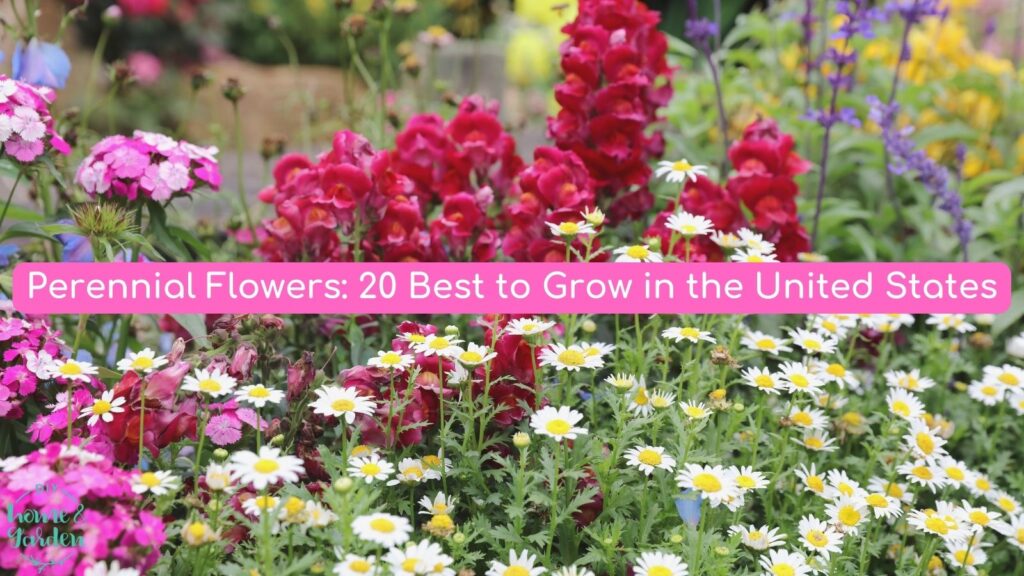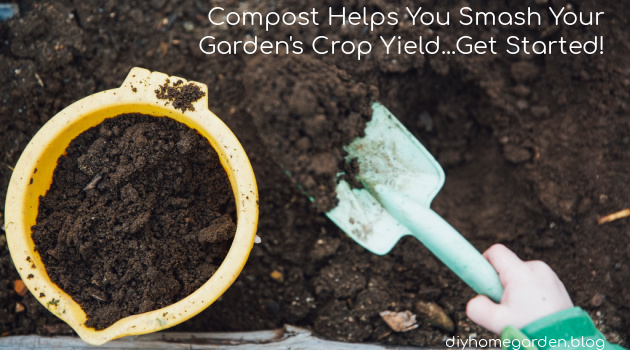As environmental consciousness rises, many individuals are shifting their focus to creating an eco-friendly garden. These havens not only beautify spaces but also contribute to the healing of the planet. They demonstrate how one can harmoniously coexist with nature, providing a rich environment for local flora and fauna while providing a peaceful retreat.
Regrettably, traditional gardening methods can sometimes have adverse effects on the surroundings. For example, excessive water usage, dependence on chemical fertilizers and pesticides, and introducing non-native plant species can harm local ecosystems. Furthermore, these practices can contribute to environmental problems on a global scale, such as water scarcity and loss of biodiversity.
This article aims to guide you toward creating an eco-friendly garden. It will explore sustainable gardening principles, plant selection strategies, and practical tips to make your garden a thriving, sustainable ecosystem.
The Basics Of Eco-Friendly Gardening

Eco-friendly gardening involves practices that minimize environmental harm while promoting biodiversity and healthier ecosystems. It focuses on using natural resources efficiently, minimizing waste, and encouraging the growth and diversity of local species.
Sustainable and organic gardening principles go beyond simply replacing synthetic fertilizers and pesticides with organic alternatives. This includes nurturing the soil with natural compost, employing water-wise practices, and planting native species that provide food and shelter for local wildlife.
Growing sustainably contributes to carbon sequestration, improves water quality, and supports local ecosystems. Imagine your garden as a miniature wildlife reserve, helping to support pollinators like bees and butterflies or providing a habitat for birds. Every eco-friendly garden contributes to a healthier, more resilient planet.
Benefits Of An Eco-Friendly Garden
Embracing eco-friendly gardening yields a lush, beautiful garden and generates far-reaching benefits. The rewards of this approach are two-fold, offering environmental gains and personal advantages.
Environmental Benefits
- Reduction of Carbon Footprint: By growing your plants, especially food crops, you significantly reduce the carbon emissions linked to the transportation of store-bought produce. Moreover, plants naturally sequester carbon dioxide, helping combat climate change in your backyard.
- Preservation Of Local Flora And Fauna: When you opt for native and low-maintenance plants for Florida, for instance, you create a habitat that supports local wildlife. These indigenous species have adapted to the local climate and pests over centuries, providing a robust and resilient environment that fosters biodiversity.
- Soil Health Improvement: Practices like composting and cover cropping enhance soil fertility. This leads to a healthier garden ecosystem, with improved soil structure, enhanced water retention, and increased nutrient availability.
Personal Benefits
- Healthier Produce: When you garden organically, the fruits, vegetables, and herbs you grow are free from synthetic pesticides and fertilizers. This could lead to healthier produce directly from your own garden.
- Therapeutic Benefits Of Gardening: Gardening is not just physically rewarding; it’s a form of therapy, too. Nurturing plants and immersing oneself in nature can relieve stress, enhance mood, and improve mental health.
- Cost-Effectiveness Over Time: While setting up an eco-friendly garden may require some initial investment, it’s cost-effective in the long run. Savings come from reduced water usage, eliminating chemical fertilizers and pesticides, and the fact that you can grow your own produce.
An eco-friendly garden works wonders for both the planet and its caretaker. It enables you to play an active role in environmental conservation while offering a bounty of personal rewards, truly epitomizing the principle of sustainable living.
Eco-Friendly Garden Practices
Following the wisdom of the old adage, ‘The Earth is not inherited from ancestors, but borrowed from future generations,’ adopting sustainable gardening practices stands as a commitment to leaving a healthier planet. Here’s a guide to starting this rewarding journey:
Proper Use Of Resources
- Water Conservation Methods: Incorporating water-saving techniques is paramount in eco-friendly gardening. A rainwater collection system, for example, harnesses nature’s bounty while reducing dependency on municipal water supplies. Drip irrigation, another efficient method, delivers water directly to plant roots, minimizing wastage through evaporation and runoff.
- Energy Conservation Techniques: Strategically planting trees can provide shade and reduce cooling needs for nearby buildings. Using manual or solar-powered tools instead of gas-powered ones also significantly reduces energy use in garden maintenance.
Composting And Natural Fertilization Technique
- Benefits Of Composting: Composting turns kitchen and garden waste into a nutrient-rich soil conditioner. It improves soil structure, aids in water retention, and fosters beneficial microbial activity. It’s an excellent way to recycle organic waste while enhancing garden productivity.
- Starting A Compost Pile: Starting a compost pile is as simple as combining green waste (like vegetable scraps and coffee grounds) with brown waste (such as leaves and cardboard) in a compost bin or pile. Turn it occasionally to help it decompose, and in a few months, you’ll have nutrient-rich compost ready for use.
Pest Control Without Harmful Chemicals
- Natural Pest Deterrents: Companion planting, the practice of planting specific plants together, can naturally deter pests. For example, marigolds planted among vegetables can ward off several types of insects.
- Introduction Of Beneficial Insects: Inviting beneficial insects like ladybugs, lacewings, and certain types of wasps to your garden can naturally control pest populations. These insects prey on common pests, providing a biological defense mechanism that requires no chemicals.
Reducing Waste in Your Eco-Friendly Garden
- Seed Saving And Plant Propagation: By implementing practices like seed saving—collecting seeds from a mature sunflower, for instance—you can reduce waste and retain plant diversity. Similarly, propagating new plants from cuttings, such as creating a new rosemary plant from a branch, can make your garden more self-sustaining and minimize waste.
- Reusing And Recycling In The Garden: From using kitchen scraps for compost to repurposing old containers as planters, there are countless ways to reduce waste in your garden. Being creative with what you already have can lead to unique garden features while keeping waste out of landfills. Your garden can become a model of environmental stewardship by incorporating these sustainable practices. It’s a hands-on, effective way of making a positive impact, one garden at a time.
Plant Selection Tips
Selecting the right plants is a cornerstone of eco-friendly gardening. Here’s how to choose species that promote biodiversity, conserve resources, and contribute to a healthier ecosystem:
- Importance Of Choosing Native Plants: Opting for native plants can profoundly impact local wildlife. These species have evolved and adapted to local conditions, providing habitat and food sources for native insects and birds. An added bonus is that native plants typically require less maintenance and fewer resources to thrive.
- Choosing Plants For Pollinators: Bees, butterflies, and other pollinators are essential for a healthy ecosystem, assisting plant reproduction. By including plants like lavender, salvia, and milkweed, which are particularly attractive to pollinators, gardeners can contribute to these species’ survival and the overall biodiversity.
- Selecting Plants Based On Climate And Soil Type: Choose plants that thrive in your area’s conditions to ensure a robust, resilient garden. Local extension services and garden centers can be valuable resources for this information.
- Where To Source Eco-Friendly Plants And Seeds: Look for reputable suppliers who provide organic, non-GMO (Genetically Modified Organism) seeds and plants. Some companies even specialize in native plants, offering a diverse selection to enrich your eco-friendly garden.
By making thoughtful plant choices, gardeners can create spaces that look beautiful, support local ecosystems, and reduce environmental impact.
The Takeaway: An Eco-Friendly Garden Is Easy to Have With a Little Planning and Knowledge
Remember, each eco-friendly garden contributes to a more significant cause: preserving the planet for future generations. Thus, the journey towards eco-friendly gardening isn’t just a hobby; it’s a meaningful conservation act, one plant at a time. With the guidance and tips outlined in this article, a sustainable, biodiverse garden can become a reality for any gardener eager to make a difference.


